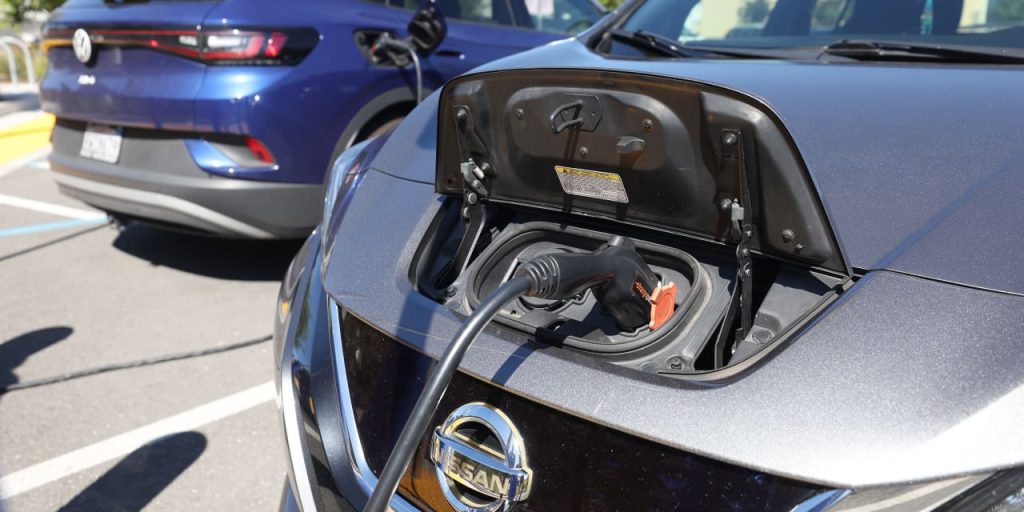As third-quarter numbers start to roll in, investors should be asking themselves whether electric vehicle profits and losses make sense.
Typically, earnings beats are rewarded and misses are punished. But every once in a while, investors should take a look at the bigger picture.
That isn’t always easy in the car business. Supply chain disruptions, rising car prices, rising interest rates, and the electric vehicle transition have made it hard to figure out how much car companies should be making.
Take
Rivian Automotive
(ticker: RIVN). Wall Street expects an operating loss of about $1.4 billion in the third quarter, but the losses shouldn’t surprise anyone. The car business is a scale business.
Tesla
(TSLA) wasn’t consistently profitable until it was selling roughly 100,000 units per quarter.
Rivian delivered just under 16,000 units in the third quarter. The per-car loss works out to about $90,000.
When
Tesla
was delivering about 12,000 cars a quarter it was losing about $20,000 per car. But Tesla got its manufacturing plant in California for a song from
General Motors
(GM) and
Toyota Motor
(TM). It was also selling relatively expensive luxury cars.
Ford Motor
(F), one of the only traditional auto makers that discloses profits and losses by vehicle type, reported an operating loss of about $32,000 per car in its EV business in the second quarter. It sold about 34,000 all-electric vehicles and hybrids in the quarter.
Overall, Ford is expected to make about $2,500 of operating profit per vehicle in the third quarter, according to Wall Street estimates compiled by Bloomberg. Tesla is expected to make about $5,000 per vehicle. Toyota is expected to make about $3,000.
Thousands per car in operating profit is what EV start-ups are aiming for. The best question investors can ask management teams on third-quarter conference calls is how will they get there.
Tesla reports earnings this coming Wednesday. Wall Street is looking for about 75 cents in adjusted earnings per share. It earned $1.05 in the third quarter of 2022. Price cuts have weighed on profitability.
Tesla stock is up about 23% over the past year. The
S&P 500
and
Nasdaq Composite
are up about 21% and 30%, respectively.
Write to Al Root at [email protected]
Read the full article here





